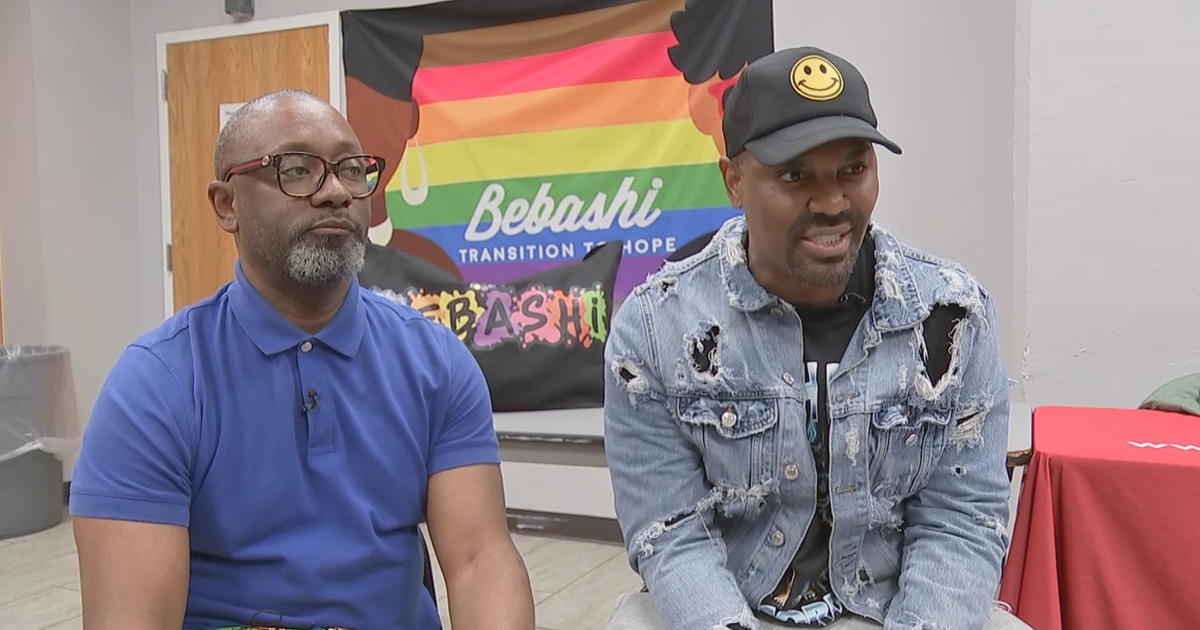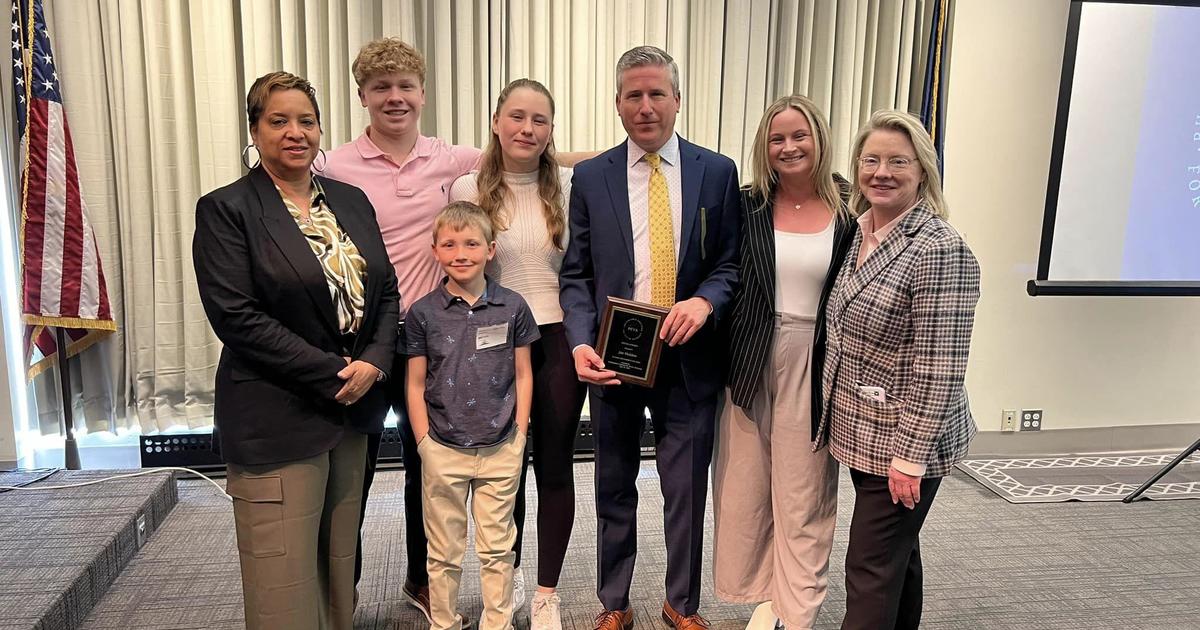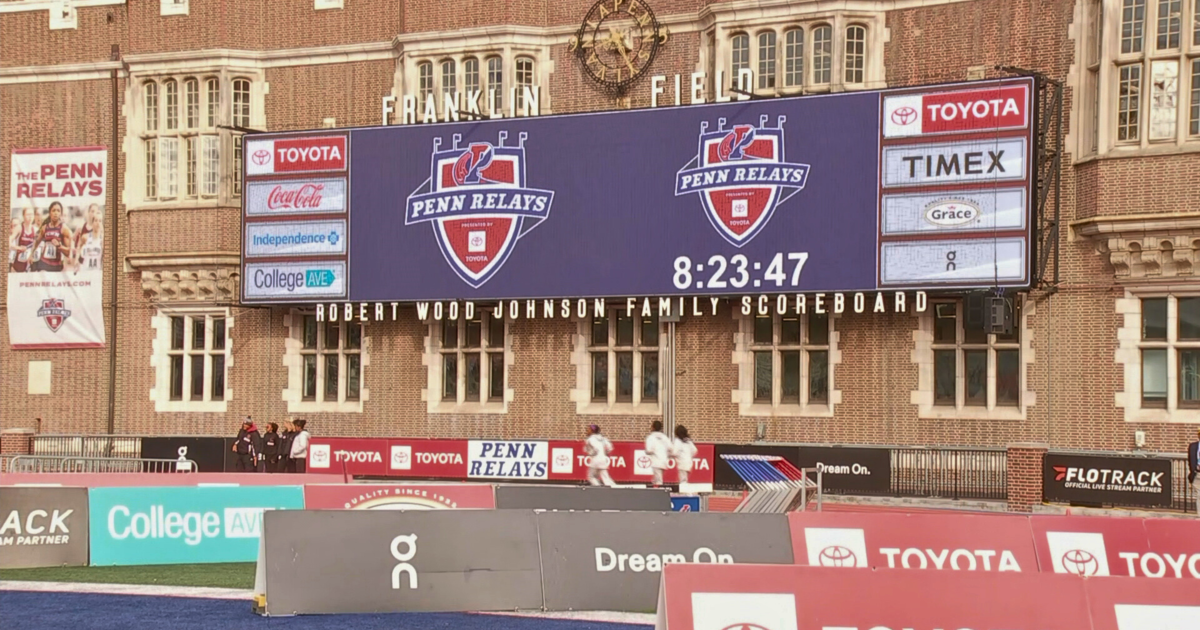6 Frustratingly Common Causes Of Slip & Fall Accidents
Slip and fall accidents pose vastly under appreciated problems around the world. Just here in the United States, eight million people visit the emergency room every year because of falls, according to the National Floor Safety Institute, making these events the leading cause of ER visits overall.
Slip and fall incidents represent 12 percent of total falls, sending over a million people to the emergency room annually. These events, while not always dramatic in the retelling, lead to monumental injuries that alter lives and change family and work dynamics on a scale that's difficult to comprehend. Five percent of fall victims endure fractures that lead to declining health, immobility, persistent pain and even premature death. These incidents also take a subtle but powerful toll on the economy, hemorrhaging our collective productivity. Americans lose millions of work hours – along with the wages that go with them – due to falls.
Frustratingly – and possibly because of their non-dramatic and common nature – these events slip below most people's radars. We tend to worry about more salient but less likely events – plane crashes and shark attacks, for instance – while adopting an overly casual attitude towards fall risks.
Many workers and property management crews, for instance, ignore hazardous site conditions. Business owners claim to have more important things to do than to patrol aisles for pooling liquid or patch up potholes corrupting parking lots and sidewalks.
To prevent slip and falls, we first need to understand what tends to trigger them. To that end, we've catalogued six of the most common causes:
- Liquid or Other Substances on the Floor
Workers and site owners share an obligation to keep their properties safe from unreasonable hazards. Ignored spills and leaky pipes – and a lack of appropriate action to contain these liquids – pose serious threats to everyone on the property, including customers, visitors and workers.
Risks can include:
- Slippery spilled substances, like grease, oil or soap.
- Pipe condensation or leaks that lead to hard-to-detect water patches.
- Improper floor treatments, such as excess wax.
- Pooling or leaks caused by wet weather, which creates hard-to-see wet spots near entrances and other through points.
- Poor Flooring or Structure Maintenance
Site owners must maintain their floors, entry points and walkways and identify and eliminate tripping hazards. Aging materials often create challenges because they flake, mold, break, soften, crack or otherwise distort due to weathering and stress. For instance, old wooden steps at an antique house that's been converted to a market may start to splinter, particularly in response to storms or heavy consumer traffic, and then suddenly fail, injuring consumers. Minor mechanical problems can also tip the balance – for instance, an equipment cart wheel digs into linoleum, leaving a corner of the tile flapped up and exposed.
If the property owner had reason to know about the condition and failed to fix it, he or she could be held liable for resulting damages.
Common hazards related to poor maintenance include:
- Worn stairs without friction tape
- Missing or inadequate handrails
- Debris left on the steps
- Uneven flooring
- Damage to flooring that has not been repaired
- Low Visibility
Sometimes the hazard isn't an object out of place but rather an environment that's overly conducive to accidents. Inadequate lighting conditions, for instance, can fail to illuminate obvious dangers, such as a rake hidden in the grass or a stone moved by a workman off path.
- Weather
From icy storms that dump sleet on parking lots to torrential downfalls that pool water on sidewalks to blustery gusts that drag wet leaves onto paths, Mother Nature generates fearsome hazards. However, just because bad weather caused or contributed to a fall doesn't mean someone or some company should be to blame.
The law assumes that people will take reasonable care during rough weather – for instance, anticipating that a pile of leaves or acorns blown onto an outdoor stairwell might be slippery.
However, property owners can be liable if they fail to manage weather-borne risks in a reasonable fashion – for instance, allowing a patch of hardened ice to remain in front of a storefront for weeks after a snowfall.
- Improper Training or Equipment Requirements
Workplaces that commonly have slippery or hazardous conditions must comply with OSHA standards that mandate fall protection in the form of proper equipment and training. For instance, food service employees who enter the kitchen should be required to wear non-slip shoes. Similarly, outdoor construction workers should be trained on how to walk along catwalks during wet or freezing weather.
In situations where employers permit grossly inadequate fall protection, a fall victim could bring legal action to obtain compensation for damages.
- Nursing Home Neglect
Nursing home residents must be monitored and provided safe living conditions. Maddeningly, however, the National Flooring Safety Institute reports that 60 percent of nursing home residents fall every year, many times in preventable scenarios. These older fall victims also stand at a higher risk of life-threatening injuries such as pelvis fractures.
Notable Slip and Fall Accident Cases
Jacksonville Woman Wins $1 Million Judgement Verdict Against Wal-Mart
In 2005, Valerie Dantzler slipped and fell in a Northside Jacksonville Walmart Super Center. She filed suit against the retail giant five years later after realizing the massive financial burden of her medical bills. Two years later, the jury decided in the plaintiff's favor, assigning Walmart management 80 percent of the blame for neglect.
Miami Costco Held Liable for Slip and Fall
A 1997 slip and fall case in Miami set the model for others like the Walmart one above. Sonia Cisneros slipped and fell near the cash registers on something she was unable to detect beforehand. The slippery substance on the floor turned out to be soap from a punctured container on another shopper's cart. Costco filed for summary judgment in 1999, which the judge granted. However, Cisneros' team appealed and subsequently received a ruling in her favor, with the decision hinging on Costco employees' failure to correct the spill before it had spread throughout the store.
Protecting Your Rights
You have a right to pursue legal action against negligent or careless property owners and managers. Proving your case can sometimes be difficult, a property owner is not liable simply because you fell on their property. You must establish that the owner/manager either created the dangerous condition or should have known about the defect. Connect with the Philadelphia slip and fall attorneys at Rosenbaum & Associates to obtain fair and complete compensation. Call 1-800-7-LEGAL-7 for your free case consultation.
Sponsored Content provided by Rosenbaum & Associates.



